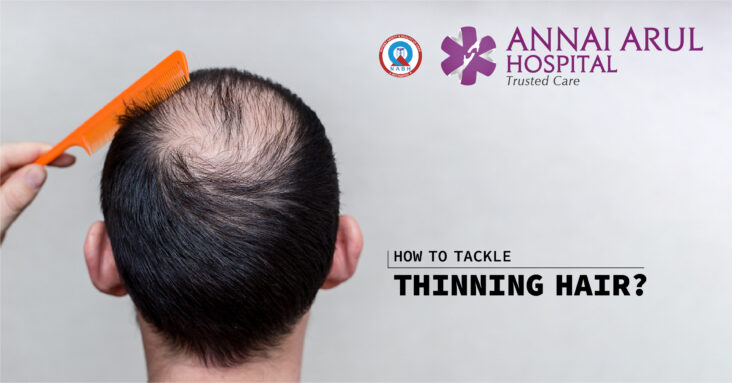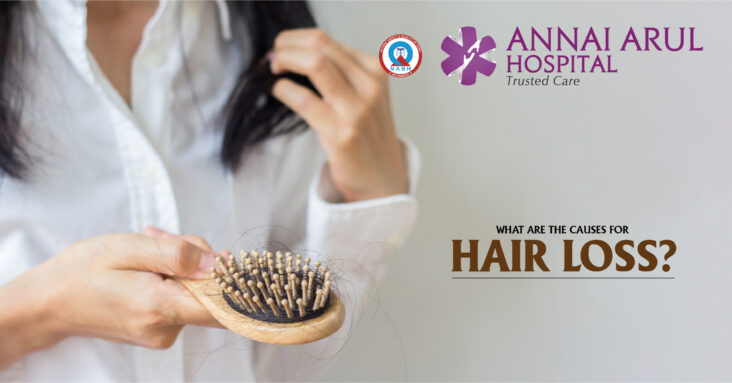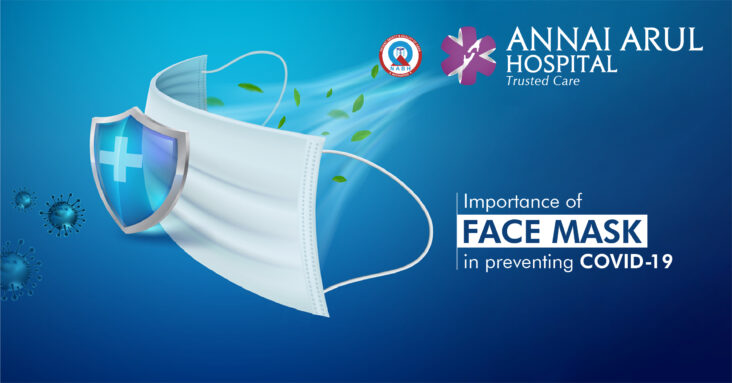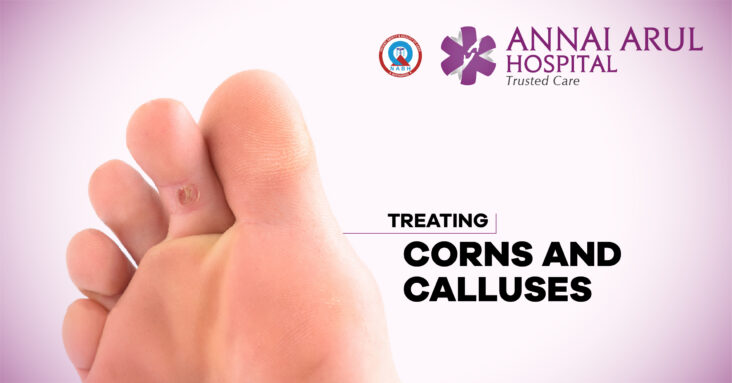HOW TO TACKLE THINNING HAIR?
Hair loss is a common phenomenon, whether you are a man or a woman. But in men, hair loss is more visible and prevalent than in women. There are several reasons for hair loss.
People lose their hair due to illness and medications like chemotherapy for treating cancer. Hair loss is also hereditary and you may inherit from your parents and grandparents. Hair thinning is basically because the hair gets brittle and becomes fine in texture, or you use too many harsh chemicals to wash or style your hair.
Here are a few hair care tips that can help in managing thinning hair and making it look more voluminous and healthy:
Try colouring the hair:
Overall your hair must be healthy, but you may have inherited hair loss, then you can try to add body and volume to hair by using a semipermanent colour. Ammonia or peroxide free hair colour will not damage your hair but make it look more appealing and mask the thinning. Coloured hair can get overprocessed and hence damage occurs, causing further hair loss. So care should be taken to seek professional help in colouring your hair.
Use voluminizing products
Most of the volume building products contain paraffin, which is not good for the hair. Paraffin can build up in your hair and start breaking its strands.
Seek professional help to chose a volumizing product that won’t weigh your hair dooown or damage it. Hair mousse should is applied to the root area for support. Then the root area is dried with a blow dryer and a brush is used to build up the volume. In the end, a liiight finishing spray will help hold the hair in place.
Shampoo and condition regularly
Hair is one part of the body that needs constant care since it is overexposed to the elements. To protect your hair, it is best to use shampoo only when the hair is really dirty. Those with fine hair will have to do this more often. A good shampoo and an excellent conditioner can work wonders on fine hair.
Fix the style with care
Blow dryers are ok even for fine-hair, but be careful that high heat is not applied directly to the hair. Flat irons and curling irons can cause damage and extensive breakage. Curl relaxing products contain hefty dose of chemicals and are not recommended at all.
Waves and hair health
Permanent waves can give the hair volume to fine hair but not to dry or brittle hair. Even a wave should be a gentle body wave, which, unlike the tighter waves that damage hair, will only add to its looks. For permanent style, harsh chemicals are used and hence should be used occasionally or not at all for fine hair. It is again mandatory that you get it all done by a professional hairstylist.
——————————–






